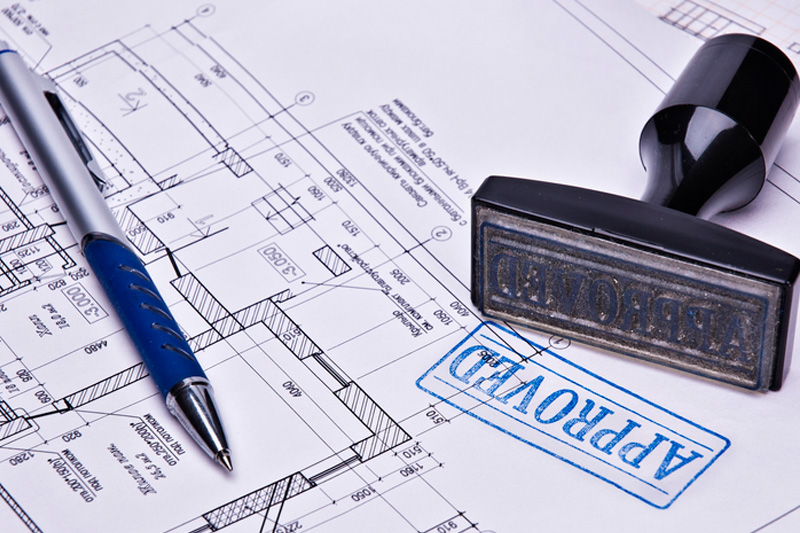Getting your dream home off the ground is exciting. But before you start swinging hammers or pouring concrete, there’s a crucial step many homeowners overlook, which is building approvals. In Australia, these approvals are more than bureaucratic hoops; they’re safeguards ensuring your construction is safe, legal, and compliant with local regulations. Skipping this step can lead to delays, fines, or even having to tear down work that doesn’t meet standards. A construction consultant can assist you in getting building approval without major challenges or delays.
This article will cover everything from what building approvals are, when you need them, the different types, who issues them, the key documents involved, the step-by-step process, common pitfalls, and the costs and timeframes you should expect.
- What Are Building Approvals?
Think of building approvals as a formal green light from your local authorities or private certifiers, permission to proceed with your construction project. They’re different from planning permits, which focus more on zoning and land use. Building approvals verify that your plans meet safety standards, building codes, and other legal requirements.
They ensure your new home or renovation isn’t only beautiful but also structurally sound and safe for everyone involved. Without this approval, you risk legal issues, hefty fines, or worse, having to undo your work.
- When Do You Need Building Approval?
Most residential projects require some form of building approval. Here are common scenarios:
● Constructing a new home
● Extending or renovating existing homes
● Adding decks or verandas
● Building garages or sheds
● Structural renovations that alter the frame or foundation
Even small projects like installing a pool or changing windows might need approval depending on your local council’s rules.
- Types of Approvals: DA vs CDC
There are two main paths to building approval in Australia: a Development Application (DA) or a Complying Development Certificate (CDC).
A DA is more comprehensive and usually required when your project doesn't meet the "as-of-right" criteria. It goes through the local council and includes a public notification period, which can extend the timeline.
A CDC is a faster, streamlined process. It combines planning and building approvals into one, but only applies if your proposal strictly meets the pre-set rules and codes. If you’re adding a standard granny flat or building within strict setbacks and height limits, this might be the quicker option.
- Who Issues Building Approvals?
Local councils are the primary authorities issuing building approvals. They review your plans to ensure compliance with local zoning and building codes. Private certifiers, licensed professionals specialising in building standards, can issue approvals for CDC projects.
Engaging a new home consultant can be invaluable here. They help you navigate the paperwork, ensure your plans meet all requirements, and liaise with certifiers or councils on your behalf.
- Key Documents Required
Gathering the right documents is crucial. Here’s what you’ll need:
● Site plan showing boundaries and existing structures
● Detailed engineering drawings (foundation, framing, etc.)
● BASIX Certificate (for water and energy efficiency)
● Soil reports (if required)
● Structural calculations or reports
● Building specifications and materials list
Having these prepared in advance can prevent delays. A good home advisory service or construction consultant can guide you on exactly what’s needed for your project.
- Steps in the Approval Process
1. Consult professionals - A building and construction consultancy can help you prepare your plans.
2. Prepare your plans and documents based on your project scope.
3. Submit your application, either a DA to the council or a CDC through a certifier.
4. Review process- The authority or certifier examines your submission, which may involve site inspections or requests for more info.
5. Approval granted- Once approved, you will receive the official documentation to start construction.
6. Start building with approvals in hand, and you can proceed confidently.
- Common Mistakes to Avoid
Even seasoned homeowners can slip up. Here are some pitfalls:
● Starting work without approval - This can lead to fines or orders to halt work.
● Not engaging qualified certifiers - Using unlicensed or inexperienced professionals increases the risk of rejection.
● Misinterpreting zoning rules - What’s allowed in one zone might not be in another.
● Ignoring the need for documentation - A lack of proper plans can delay approval or invalidate your project.
Getting professional advice from the Construction Consultants team can save you from these headaches.
- Timeframes and Costs Involved
A straightforward CDC might be approved in under 10 days. A DA, if it's complex or contested, can take several months, sometimes longer if further assessments or revisions are needed.
Costs vary depending on the project’s size and the professionals involved, but as a general ballpark, approvals might range from $1,000 to $5,000. That includes application fees, consultant charges, and documentation prep.
- Conclusion
Understanding and securing building approvals is a vital step in your home building. It might seem daunting at first, but with the right guidance from a Home Advisory Service or experienced Construction Consultants, the process becomes manageable. These approvals aren’t only bureaucratic hurdles; they’re essential for ensuring your project is safe, legal, and built to last.
If you’re contemplating a new build or renovation, don’t skip this step. It’s worth the effort to avoid delays, fines, or worse, compromising safety or legality. Professional advice can streamline the process, clarify your options, and keep your project on track.





Comments